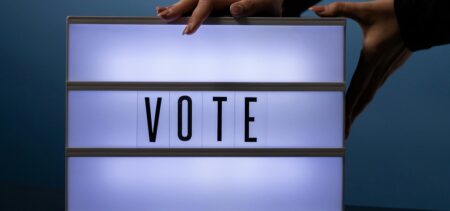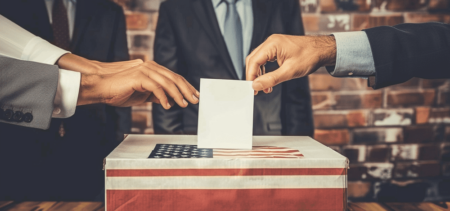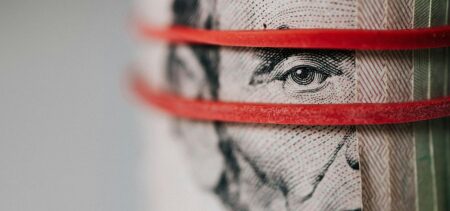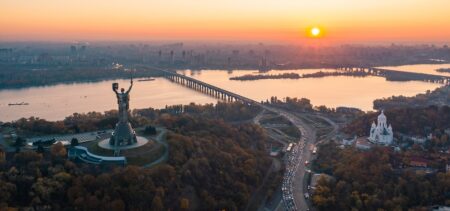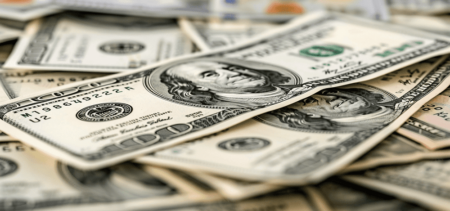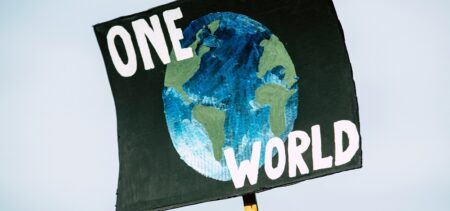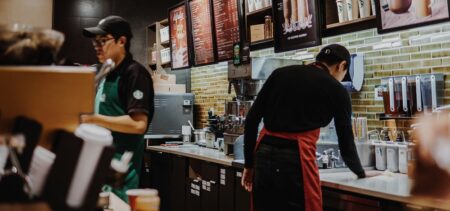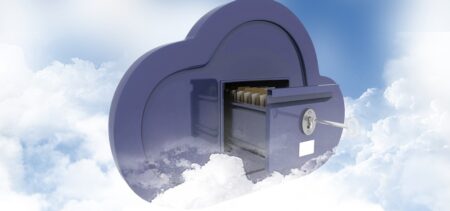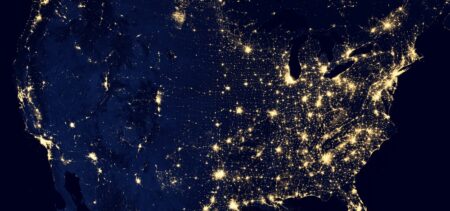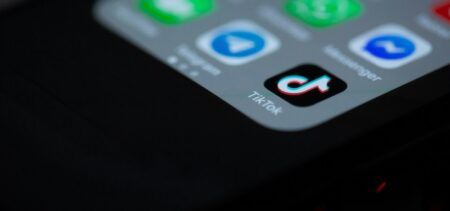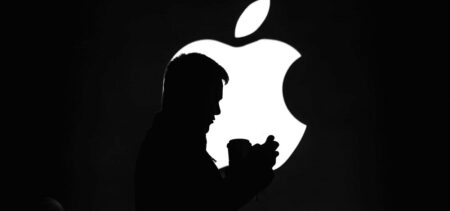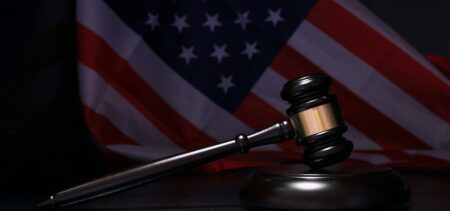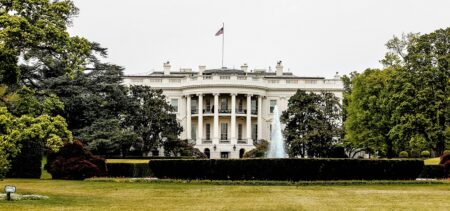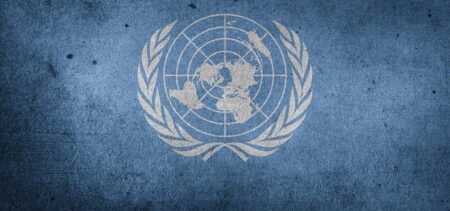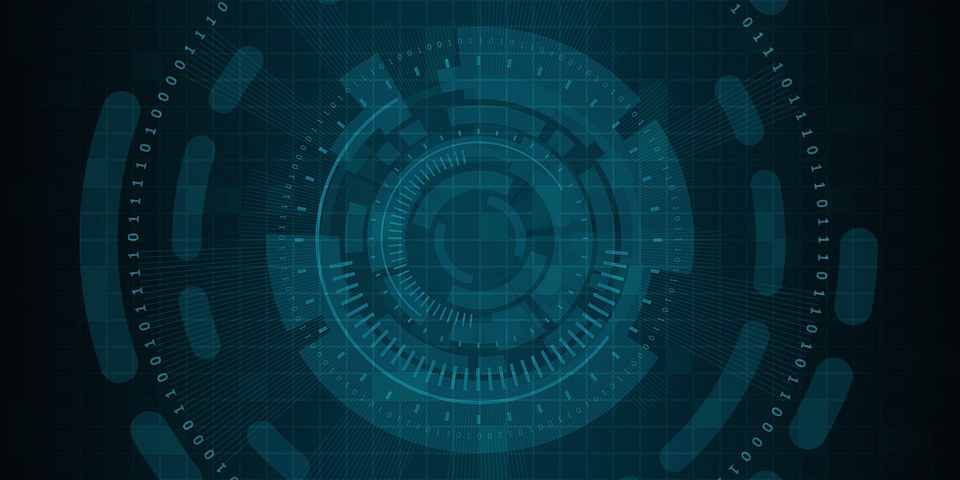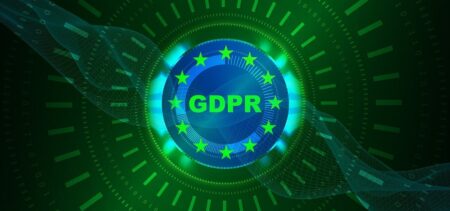Few countries around the globe can hype a presidential election like the U.S. can. Citizen involvement in the elections has always been an important part in U.S. history, therefore the same goes for everything campaign related.
Harry S. Truman is famous for his efforts during the presidential elections of 1948, for reportedly shaking over half of million hands, and travelling over 30 000 miles in America to participate in debates and meetings. That was the most a candidate could do, and technology had little impact in that time. In the next decade, television was a definite game-changer. Eisenhower’s “No bull” TV campaign won him the election almost on its own. The ads had basic content – Eisenhower answering questions in his “no bull”-trademarked way, but the technology was new, which led to decisive results.
Television remained the most important communication channel for some time, only the strategies of the candidates changed. From Lyndon B. Johnson’s negative campaigning, to Barack Obama’s positive “Hope” campaign, TV has played a major role in every presidential election, but things are starting to change. Other devices and communication channels have become more relevant for users, therefore political advertising has changed. Traditional channels – TV, radio and billboards, are making way for Twitter, Facebook and Instagram.
More effective and measurable influence
Social media has changed completely the communication between candidates and the general public. That’s why it is so successful, because it links both sides directly. The 2016 presidential race is showing us the full potential of social media. The only possible downside would be that a candidate doesn’t have control in this environment. Users can say anything, without any proof or data, and still influence the public opinion. With just a smartphone, anyone can be a paparazzi. Candidates have to take care of their public image almost all the time. It only takes a couple of seconds for a mistake to go viral, and we have all seen what the internet can do.
On the plus side, social media is the place where we witness the true freedom of speech. There’s something reassuring about a virtual conversation that gives us courage. This leads to a much more sincere direct communication, which is great news for any political candidate. Social media helps them find out how they are perceived by the public, and what the real needs of the people are. The best part is that everything is measurable. Every social media campaign or activity has a specific set of goals that can be measured precisely.
Better data
Split testing (or A/B testing) had a major impact in the success of Obama’s 2008 campaign. The philosophy behind it all is that user experiences are not the same, and thus you can achieve better results by measuring and adapting. Data is data. Nobody can argue with recommendations based on tested results.
A/B testing is a concept as simple as it sounds. You test different versions of your page, and see which one gets the better results. Website optimization becomes pretty much an exact science from this point on. Dan Siroker is a former Google Engineer and Data Analyst for Obama’s 2008 campaign. He used personalization technology and A/B testing to get people to donate and vote. Siroker is now the CEO of his own company: Optimezely. Big companies from around the world, as well as important political figures, are using data optimization platforms to improve users’ experience, and ultimately boost the results of their pages. If we think about it, nothing beats actual data that measures the reactions.
Greater tech knowledge and support
All roads lead to Silicon Valley. The tech elite has become a major player in presidential and congressional elections. With the tech industry employing millions of people, it was only a matter of time before the home of some of the most valuable companies in the world became a visiting point for political candidates. Tech companies are starting to get involved in policies about immigration, taxes and education, so it’s only natural that the important names involved in the 2016 presidential election, would stop by to gather some support.
The involvement of tech companies means more (much needed) campaign donations. If the estimations are correct, the total combined campaign costs could reach $10 billion by the end of the election.
It has been a quick progression – tech-wise, that brought us closer to the candidates. A decade ago, Twitter wasn’t even available yet, and now we can’t imagine a campaign without it. Technology evolution also means that tech savvy candidates have an edge in the political race, while those who are not up to date, will most likely be dismissed, at least by the younger voters. Candidates can’t afford not knowing about cybersecurity, piracy or internet neutrality. These are the issues they will have to deal with. Unfortunately, technology evolution comes with a price.


